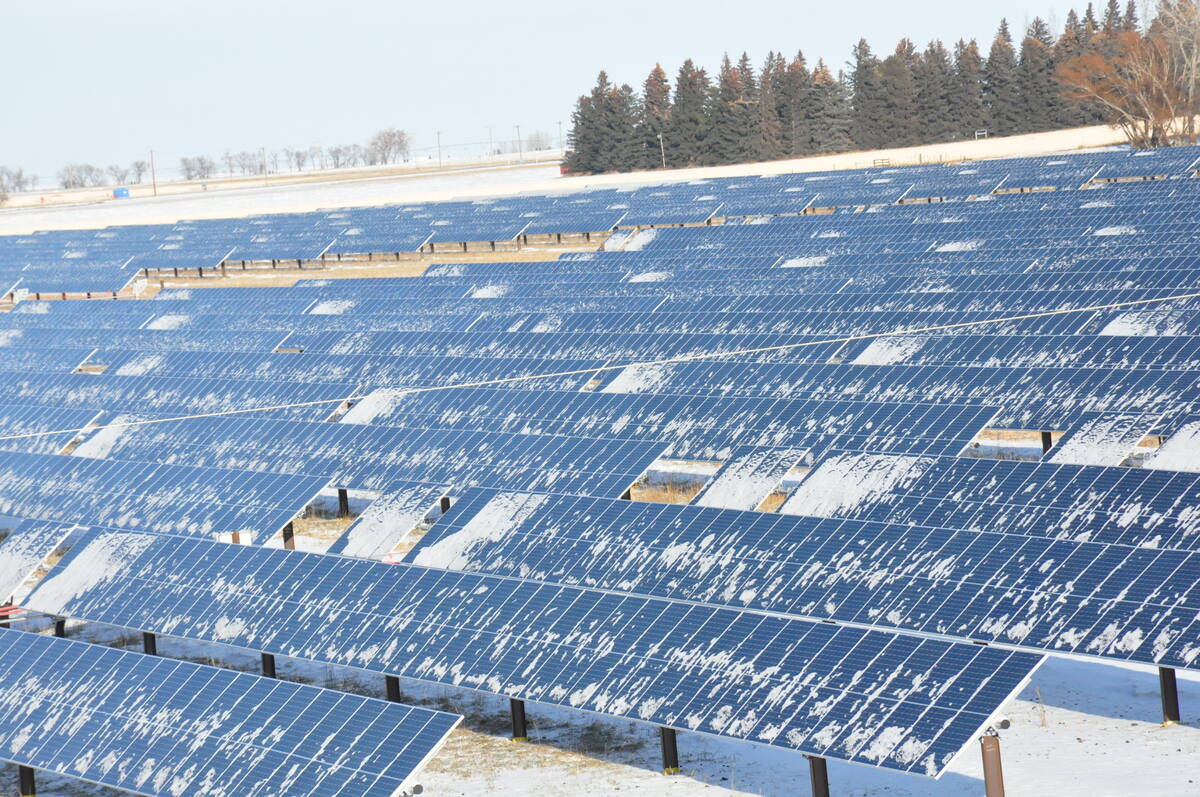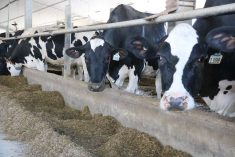Virtually everyone involved in agriculture has been worried for months about a rail stoppage. When the situation finally exploded in the second-last week of August, it was just about the worst possible timing.
What could have been an issue dealt with in May and June instead hit crisis levels as the combines were rolling. Summer has seen some desperate scrambling as everyone tried to move as much product as possible before the looming Aug. 22 deadline.
Mid-August, in particular, saw louder cries for either a deal between Canada’s two major railways and the Teamsters Canada Rail Conference, or a referral for binding arbitration to force a deal and keep the Canadian economy on the literal tracks.
Read Also

Why agriculture is Canada’s energy ace
Why isn’t agriculture getting more play in Canada’s quest for efficient, renewable energy production? It should be
The latter option got loud support from groups ranging from Fertilizer Canada, rural municipal government associations, Canadian Manufacturers and Exporters, the Canadian Federation of Independent Businesses and too many provincial and federal farm groups to name.
Ultimately, those crying for 11th-hour federal intervention didn’t get it.
Instead, the government swooped in at three in the metaphorical morning — just in the nick of too late — and too late to avoid some damage.
The stoppage had already begun by the time Labour and Seniors Minister Steven MacKinnon announced he was punting the matter to the Canada Industrial Relations Board. The railways had already been winding down shipment of certain hazardous materials, fertilizer being one of them, in anticipation of the halt.
It makes political sense, of course. It would be hard for the Liberals, who need to avoid crossing the labour-friendly NDP, to gird themselves into upending the hallowed bargaining table until there could be no doubt that they had given both sides every opportunity to reach agreement.
Even so, it wasn’t long after the announcement of an intervention that NDP leader Jagmeet Singh was posting photos with picketers on X. Singh slammed what he called interference in fair contract negotiations, and called the move for binding arbitration “cowardly” and “anti-worker.”
It is worth noting that continued focus on the word “strike” ignores the dual sides of the dispute. Yes, there is strike action involved, but by Aug. 22, strike notice had only been served to one railway (a notice against CN would come later), while both railways had locked out employees.
It’s an important distinction. While it’s never good for agriculture when rail cars don’t move, the scope of this potential work stoppage and its unfortunate timing made it a crisis. For the first time, the two major railways, the effective duopoly of rail ownership in Canada, were going to be stalled at the same time.
Keeping the companies’ actions in the narrative helps underline the way lack of competition in Canada’s rail ownership plays into the whole fiasco. It boils down to the fact that simultaneous labour action at two companies was able to threaten total shutdown of one of Canada’s key economic arteries.
From that perspective, interference looks a lot more palatable. If your dispute is big enough that you can hold the Canadian economy hostage, all parties then get to deal with the government getting in your face to make sure you don’t, in fact, hold the economy hostage.
The same lack of competition means that these labour talks, which have such economically devastating implications when they fail, involve much higher stakes. Little competition among companies means little competition among employers. If employees are getting a deal they don’t like, they have little ability to vote with their feet and seek a better deal elsewhere while staying within the industry where they’ve built their careers.
Lack of competition in agriculture is not a new issue, from the ongoing drama over the Bunge-Viterra merger to Canada’s Grocery Code of Conduct, to name a few recent examples. Addressing the problem, however, is a much deeper challenge.
In mid-August, Canada got a new political party. The Canadian Future Party, which is marketing itself as a centrist option for those disillusioned with Liberals and Conservatives, included increased agricultural competition in its platform.
That’s a tall order, even for a majority government, let alone a party that hasn’t even weathered its first election.
It would mean confronting the fact that Canada’s competition law needs a fundamental overhaul, more muscle and much sharper teeth. It would require political willingness to tick off big businesses.
Large corporations always give reasons why moves to bolster competition are a bad idea. Keeping to railways, look at the railway response to a piloted interswitching radius jump last year. Grain shippers said it increased competitive tension; railways argued that, among other things, it would put them at a competitive disadvantage with U.S. companies and be expensive.
“That means fewer available carloads for Canadian railroaders to move across Canada. It may also mean less available work for port workers if shipments end up in Seattle rather than Vancouver,” Railway Association of Canada president Marc Brazeau told a Senate committee in May 2023.
Canadian agriculture, and Canada in general, need to foster more competition. But if you’re already a long way down a bad road, the way back is going to be equally long and bumpy.
















